Fender and Fender Sales Corporation became a subsidiary of CBS in 1965. After that, the specifications of the guitars changed significantly.
■ FENDER STRATOCASTER 1966 Model
○ Headstock
It is commonly said that the large headstock Stratocaster was introduced in 1966, but strictly speaking, the large headstock necks were produced in the latter half of 1965.
There was no major change in the large headstock shape after that, and it remained mostly the same from 1966 to 1981. The small headstock on the 1982 final model, known as the Smith Strat, is completely different. It is a shape that only lasted for one year.
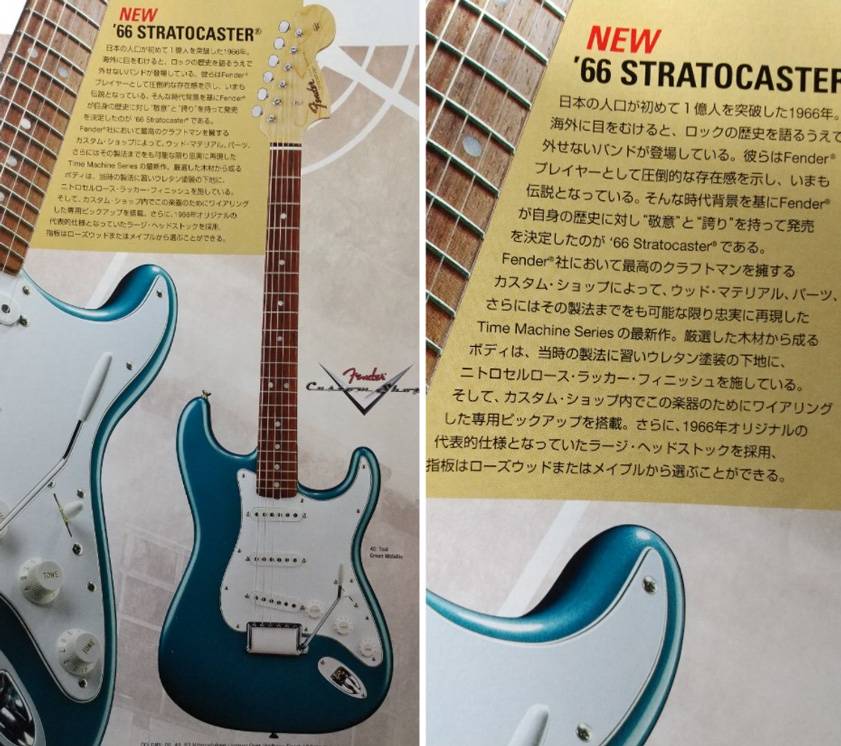
Fender Frontline Catalog from 2005 featured the 1966 model.
Also, in the same catalog, the 1966 model's product description was provided.
The string guide that adds tension to the strings has only one, and the "Fender" logo uses the "Transition Logo," with black borders and gold lettering. However, it doesn't stand out much as CBS did not want to be too flashy. The six "FENDER" letters are faint against the large headstock's wood grain. It’s distinctive, but perhaps a little plain. (See photo)
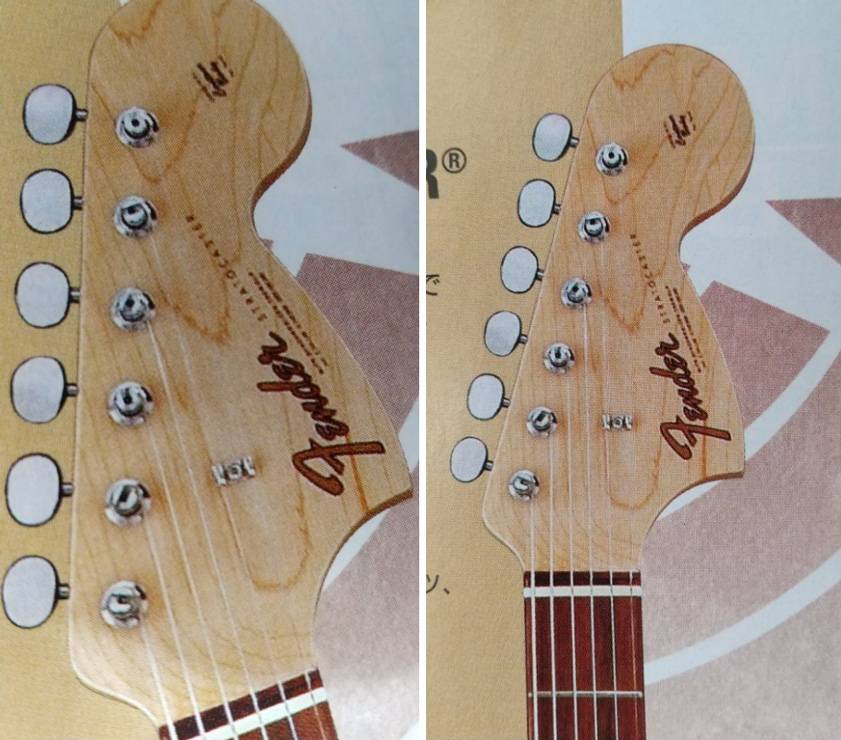
Close-up of the 1966 Model Headstock
The headstock is thicker than from other years. You can immediately tell just by looking at it with the strap on. This is a feature unique to this year.
After the buyout, Leo Fender, who had been demoted, showed skepticism about product development that prioritized aesthetics, such as the large headstock. Suggestions like adding binding to the neck from CBS were a far cry from Leo's practical approach, and he outright opposed them.
An important point to understand here is that CBS’s decision to adopt these features despite Leo’s objections marks the shift in product development leadership from Leo to CBS.
An important point to understand here is that CBS’s decision to adopt these features despite Leo’s objections marks the shift in product development leadership from Leo to CBS.
In 1972, the large headstock Telecaster was introduced in the catalog as the "Telecaster Deluxe," and it was first unveiled in 1973. This Telecaster was equipped with Seth Lover humbucker pickups. Both the front and rear pickups were humbuckers, which clearly were competing with Gibson’s powerful output.
Through trial and error, Fender eventually switched the Telecaster to a large headstock model as well. (See photo)
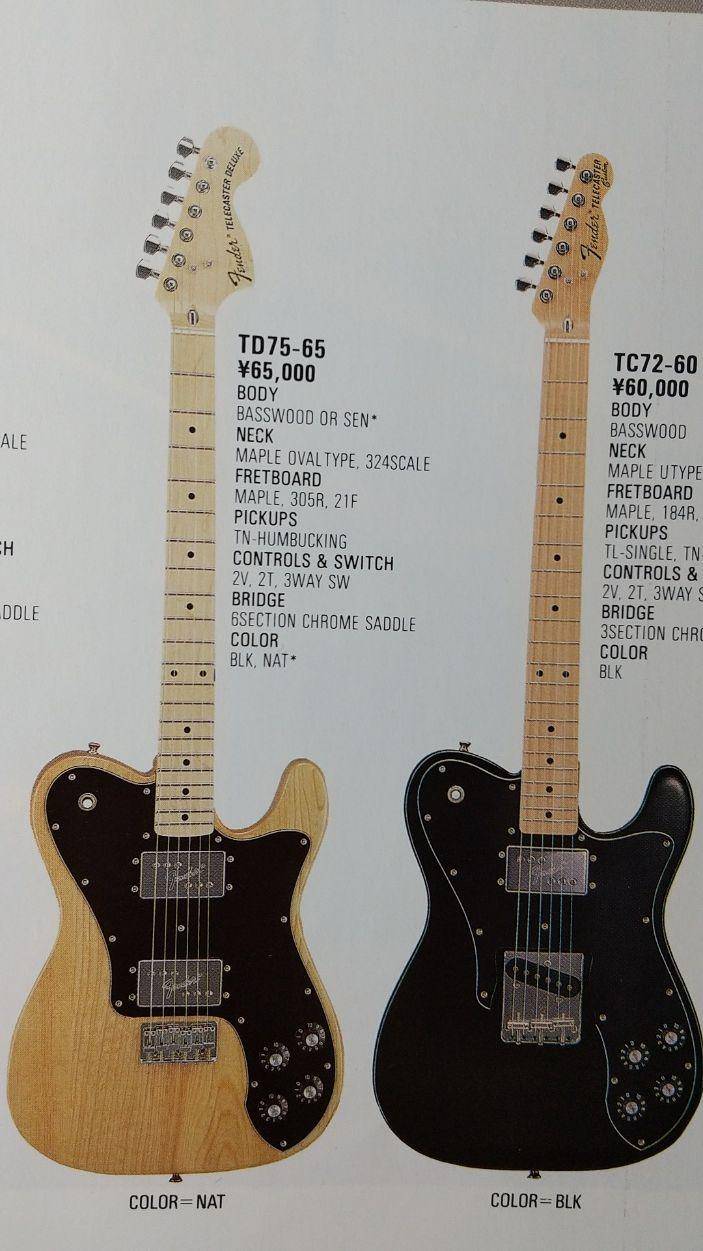
Large Headstock Models. The Telecaster Deluxe Natural Finish on the left. From the Fender Japan Catalog 1989.
In the mid-70s, there was also a version of the Telecaster Deluxe with the synchronized tremolo unit from the Stratocaster, creating an unusual design that seemed as if the body material had been changed to Stratocaster to make it almost identical. It seems CBS was considering the music scene, but...
As I mentioned earlier, the Telecaster Deluxe, with its various changes, failed to gain popularity and was discontinued in 1981. Notable players who played this guitar include Radiohead’s Thom Yorke.
From the mid-60s onwards, Leo Fender increasingly found it difficult to match the evolving tastes of new music. Having his favorite music genre become dated in the music industry was a significant blow, and his health had also reached its limits, which was clear to those around him.
Leo, who had worked tirelessly from the early mornings, calling musicians to show them new improvements, often staying up until late at night working on developments. He was astonishingly still focused at this stage, despite the many years of hard work. He had become hard of hearing which was a huge disadvantage for him, but otherwise, he worked far more than other instrument developers.
Starting with steel guitars, creating masterpieces of vacuum tube amplifiers, and developing legendary electric guitar models, Leo had more than earned his place as a legend in the music instrument industry.
Leo, however, had few connections in the instrument industry. Most of his ideas were created in his development room with Freddy Tavares, and with little knowledge of traditional techniques, he wasn’t bound by orthodox thinking. He invented instruments based on his own ideas and feedback from musicians around him. His lack of bonds in instrument making led to groundbreaking inventions, such as the neck and body being screwed together.
Leo had started developing steel guitars in the 40s and succeeded, then he devoted himself to developing electric instruments. But, even a man who had made work his life needed a break.
As mentioned many times before, one of the most significant changes in 1966 was the switch from small headstocks to large headstocks. Strictly speaking, this change began in late 1965. Today, this change doesn’t attract much criticism, but the headstock is the face of the guitar. Back then, it certainly caused mixed opinions.
The large headstock remained in production in almost the same shape until 1981. Even with careful comparison, it’s hard to spot any significant differences. Although the Stratocaster’s contour shape changed frequently, the large headstock shape remained mostly the same for 16 years.
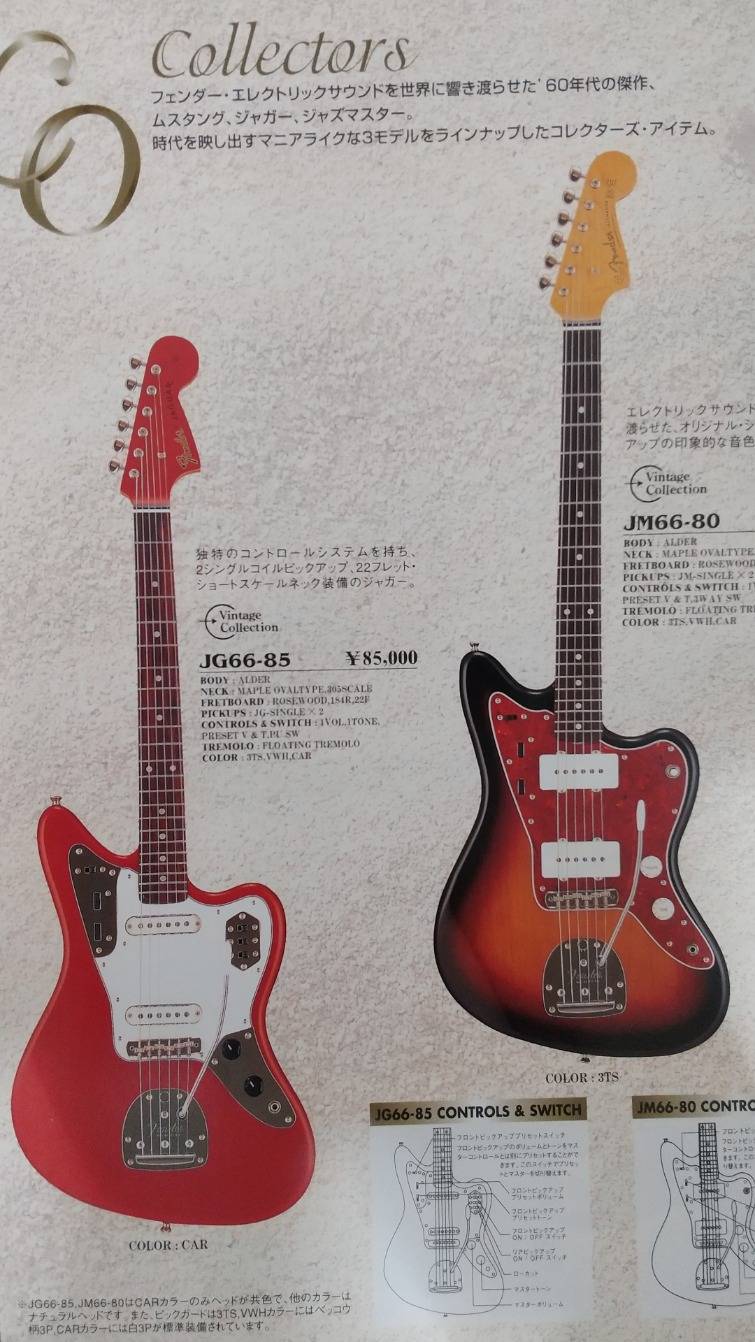
Large Headstock Models. Red Jaguar and 3-tone Sunburst Jazzmaster from the Fender Japan Catalog 2000.
○ Body
No significant changes were made to the body. Although the company was acquired, the contouring was done in the same way as previous years. Visually, it looked almost identical. The pickguard was changed to vinyl, with a clear 3-layer design. The shrinking problems that once caused the pickguard to crack were mostly resolved. An aluminum shielding plate was used across the entire surface.
There were many changes in the manufacturing process for this year, but there’s nothing particularly noteworthy regarding the body. The neck joint now featured a large "F" CBS Fender stamp.
The serial numbers of Strats, as well as the discussions surrounding the various pickups, haven’t been fully explained yet, but I will get into that if given the opportunity.
To briefly discuss it, the production period of Fender Stratocasters can be roughly understood by knowing when the neck and body were completed, but it’s hard to determine the exact year when the neck, body, and electronics were fully assembled and completed. This is one of the difficult aspects of determining the age of a Fender instrument. There weren’t many employees who kept proper records. However, Forest White, who worked in the factory office, was meticulous and kept as many records as possible. Thanks to him, we have documentation on things like the initial release period of the Stratocaster.
In the next part (Part 7), I want to write about the Stratocaster with a maple laminate. The production slump of the Stratocaster will hit, and we’ll see how it evolves.
Stay tuned!
The “sound & person” column is made up of contributions from you.
For details about contributing, click here.











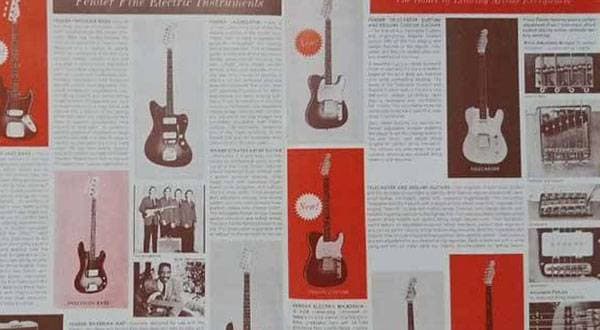
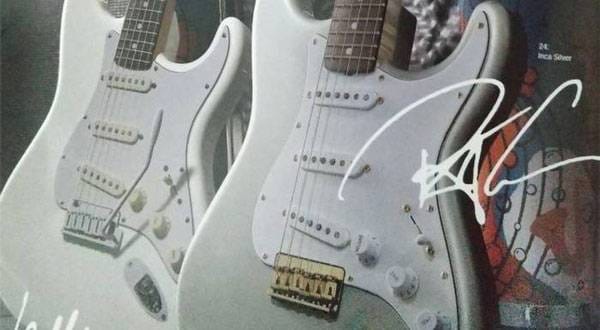
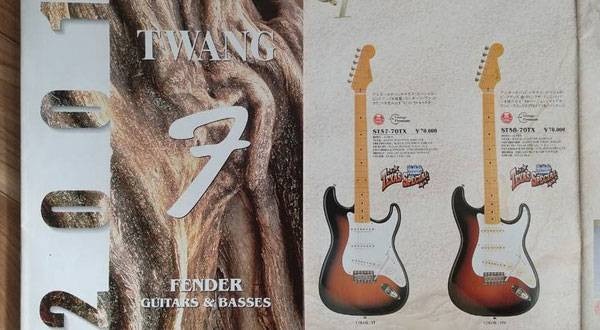
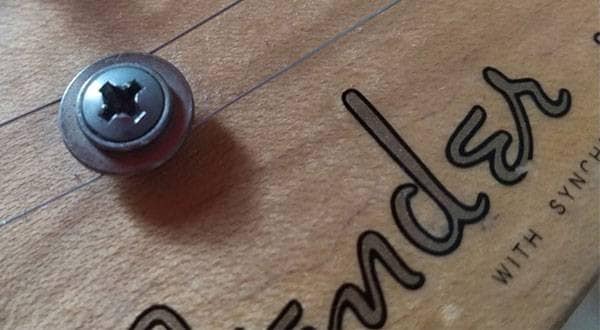
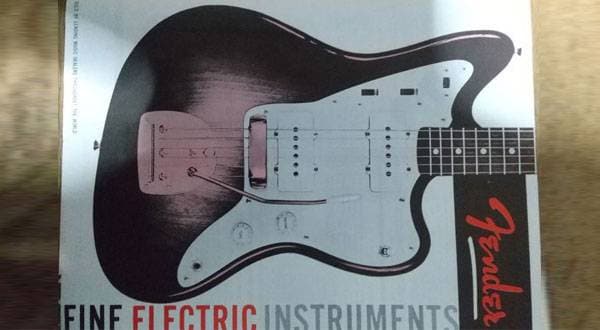
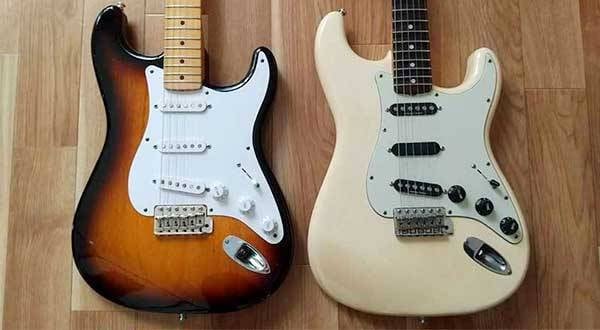
 Fender プロダクトラインナップ
Fender プロダクトラインナップ
 FENDER(フェンダー)ブランドサイト
FENDER(フェンダー)ブランドサイト
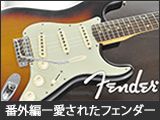 愛されたフェンダーギターたち
愛されたフェンダーギターたち
 ギターの種類
ギターの種類
 ギター名人ラボ
ギター名人ラボ
 ギタースタートガイド
ギタースタートガイド















